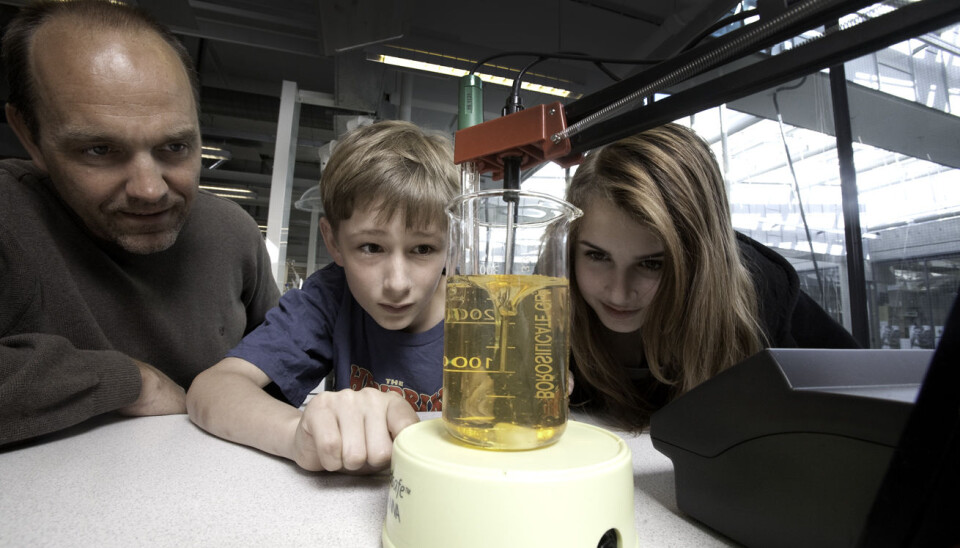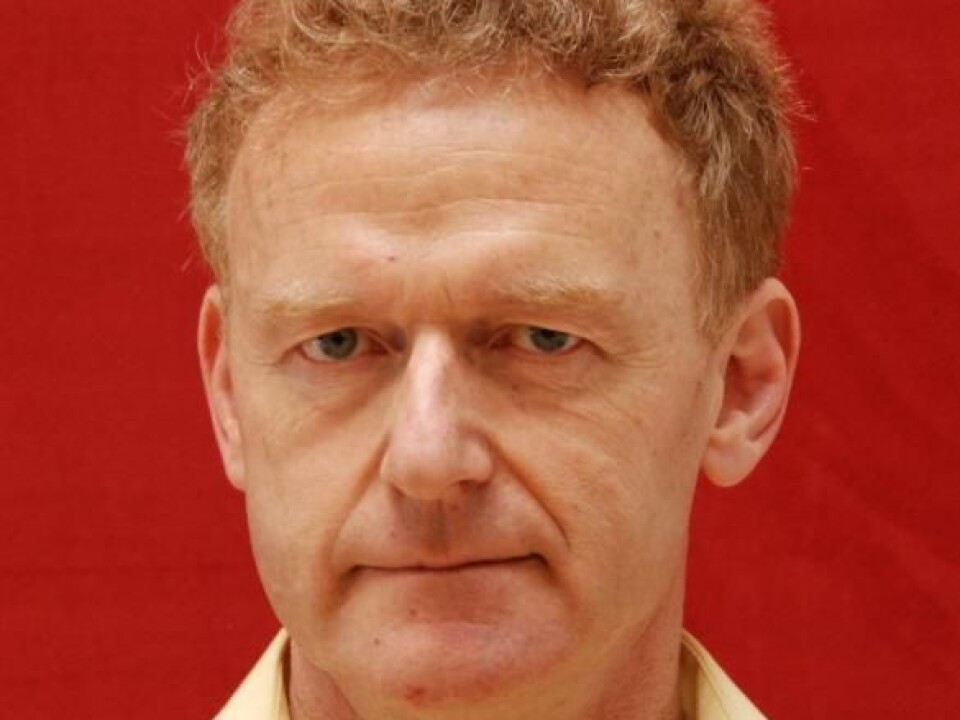
Passion for science begins with inquiry
Inquiry-based learning can stimulate greater student interest in science and scientific careers. A team of researchers has been working on implementing such teaching methods in schools across Europe.
Denne artikkelen er over ti år gammel og kan inneholde utdatert informasjon.
What are the best methods to teach science in school? How do teachers reinforce passion for science?
For two years now, researchers from 15 European countries have worked together to promote inquiry-based science teaching methods.
“Inquiry based learning essentially is about giving a little bit more autonomy or responsibility to students for their own learning, using their curiosity and enthusiasm to promote the learning process,” says Peter Gray, project manager of S-TEAM.
S‐TEAM stands for Science Teacher Education Advanced Methods and the project is funded by the European Union. Its goal has been to help policymakers, teacher educators and teachers pave the way for a more inquiry-based learning in classrooms across the continent. It was initiated by the Norwegian University of Science and Technology in May 2009 and wraps-up at the end of this month.

Interest in science is on the rise
The interest in science education in Europe has been on the rise in the past few years, but Gray suspects that this has more to do with the current economic climate and high unemployment rates than a heightened interest in science topics.
In difficult times, science careers are generally more attractive as they’re stable and available.
The S-TEAM project is therefore not about attracting more people to study science in school, but to incite student interest in science in the hope that many will aim for long careers in science out of passion, and not necessity.
“Our main purpose was to work with teachers and teacher educators to help them overcome any obstacles they might encounter in bringing in inquiry-based education,” says Gray. We’ve been very successful in doing that.”
Inquiry-based education
Gray explains that it is important not to confuse inquiry-based learning with discovery learning. Inquiry doesn’t mean that children just set off to explore whatever they want in science or any other area.
Instead, students follow up on their own ideas with a teacher’s guidance, within a particular topic which is relevant to the class.
The idea is that the teacher stands back a little bit and asks questions such as ‘what if ...’, and then encourages the class to go investigate about the question according to their own interest.
Gray explains that in a physics class, for example, the topic of ‘forces’ can, instead of being taught as an abstract concept, invite pupils to investigate the aspects of forces they find interesting. Transport is one example, understanding how a Ferrari drives fast might be appealing to young boys.
Using such everyday life examples of science’s place in the world are often used to incite student interest.
Media reports of scientific developments or discoveries can also be used to bring urgency to a topic which might seem dull, dry and of little significance in a textbook.
Children become more engaged in learning
Teachers report that students become more engaged in the learning process when classroom activities are based on inquiry methods.
Gray says that across the board people have noticed better engagement.
According to him the metods work because the students’ ideas are taken seriously and they get ownership of research methods which isn’t possible if the teacher is presenting something on the blackboard or if they just read something in a textbook.
Gray uses a training course in Scotland as an example of how this might work.
In the course, a group of first graders got to wear white lab coats and protective goggles and embraced their roles as real scientists. They were using professional metering tools, wrote everything down on notepads, and in the process they learned a great deal about what it means to do science.
“The kids came up with concepts that weren’t supposed to be introduced until their third year,” says Gray. “That’s a big leap forward.”
Teachers change their ways
Teachers are encouraged to change or supplement the traditional teaching model in which a teacher typically writes on a blackboard and gives a one-way dialogue to a student audience.
Instead of ‘filling up’ brains with a fixed body of knowledge, which makes it easy to compare students and assess them in exams, inquiry-based learning shifts to the realisation of individual potential for innovation, scientific imagination, and creativity.
Challenges
With inquiry-based learning, teachers are offered more freedom with regards to how they educate their students. This can be a challenge, particularly in science classes where teachers might not have a science education background.
Inquiry-based learning also takes more time than traditional textbook learning.
Gray describes a training course for secondary school students where a fictitious research company asked for help to identify a genetic characteristic of fruit flies. Driven by the task of doing real science, the students learned a great deal and came out of it with a good understanding of how genetics are studied. This might not have been the case if they were told to memorise a textbook entry on fruit fly genetics. But the latter takes much less time.
"The hands-on experience took nearly three times as long as it would to teach the same topic in a teacher presentation,” Gray says.
Flexible curriculum
The current assessment standard in many European education systems fits poorly with inquiry-based learning.
“Quite often the questions students come up with don’t have fixed answers,” says Gray.
So he thinks it’s about giving the students a bit more openness to the educational process and allowing people to go in directions which might not be a part of the curriculum but might be important scientific issues or issues that are interesting from the students’ perspective.
Inquiry-based learning requires the curriculum to be flexible because you might not have time to cover all the topics.
Gray says the benefit of such flexibility is that students will reach a greater degree of understanding of the topics they study. They will also develop skills they otherwise would not get, such as argumentation, using evidence and building theories.






























